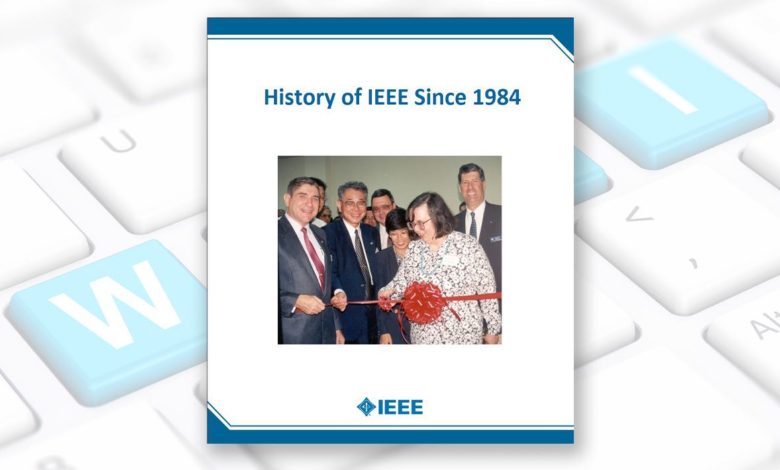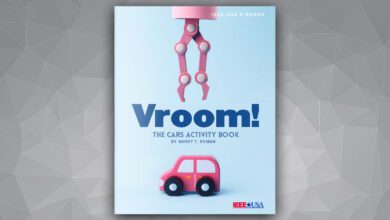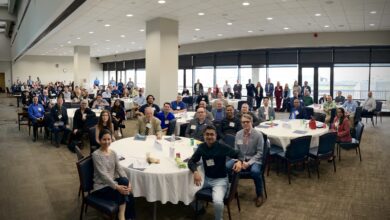
When IEEE was formed in 1963 from the merger of AIEE (founded 1884) and IRE (1912), only 12 committees were established as what were then called Standing Committees of the Board of Directors. One of these was the IEEE History Committee, a holdover from the IRE structure. IEEE recognized the importance of the original mission of the History Committee — to advise and support the Board and other Organizational Units in the preservation and promotion of the history of IEEE’s fields of interest. The history of technology instills pride in members of IEEE professions, increases public appreciation of engineering, attracts young people to technical careers, and helps to raise technological literacy throughout society.
However, as IEEE’s centennial approached in 1984 (based on the founding of AIEE), IEEE realized that its age and size (it was already the largest professional technical society in the world) meant that the preservation of its own institutional history was also worthwhile. It was decided that the History Committee need professional staff assistance to support the expanded mission, and the IEEE History Center was formed, first at the IEEE Corporate Headquarters in New York City, then moving in succession to Rutgers University and Stevens Institute of Technology, which served as educational partners. (In 2021, the History Center has moved to the IEEE Operations Center in Piscataway, NJ, USA, to better interact with other staff units that serve IEEE members.)
For the IEEE centennial in 1984, the History Committee and History Center oversaw the preparation of two printed volumes were prepared on the first 100 years of IEEE history. The first, by professional historian A. Michal McMahon, was a scholarly approach. The second, by long-time IEEE volunteers John D. Ryder and Donald G. Fink, was more casual in tone.
Beginning in 2009, the 125th anniversary of IEEE, then IEEE President John R. Vig advocated that it was time for a new book covering the subsequent 25 years, and he raised funds from several IEEE societies to make it possible. As the project progressed, however, it became clear that what was needed in the 21st century was a Web publication that could be a living document. A Wiki platform such as the Engineering and Technology History Wiki (ETHW) is the ideal medium for such an effort. The History Center therefore redesigned how history of IEEE is covered on the ETHW. The “History of IEEE Since 1984” is now a single narrative page with a set of appendices pulling all the background information into one location. This design makes it easier for histories of individual organizational units to interweave and interlink their story with that of the broader IEEE. You can find the page at: https://ethw.org/History_of_IEEE_Since_1984
The History Center encourages all members, either individually or as representatives of organization units (OUs), to visit and to contribute to the preservation of IEEE’s proud heritage. Remember, anyone can view the site, but you need an account to edit. The ETHW does not use the IEEE single login, because it is used by a consortium of U.S.-based engineering associations, not just IEEE. If you have not written on the site before, you can easily sign up for an account on the homepage. Anyone interested in further information can contact the IEEE History Center at ieee-history@ieee.org.
Michael N. Geselowitz, Ph.D., is staff director at the IEEE History Center at the Stevens Institute of Technology in Hoboken, N.J. Visit the IEEE History Center’s Web page at: https://www.ieee.org/about/history_center/index.html.






